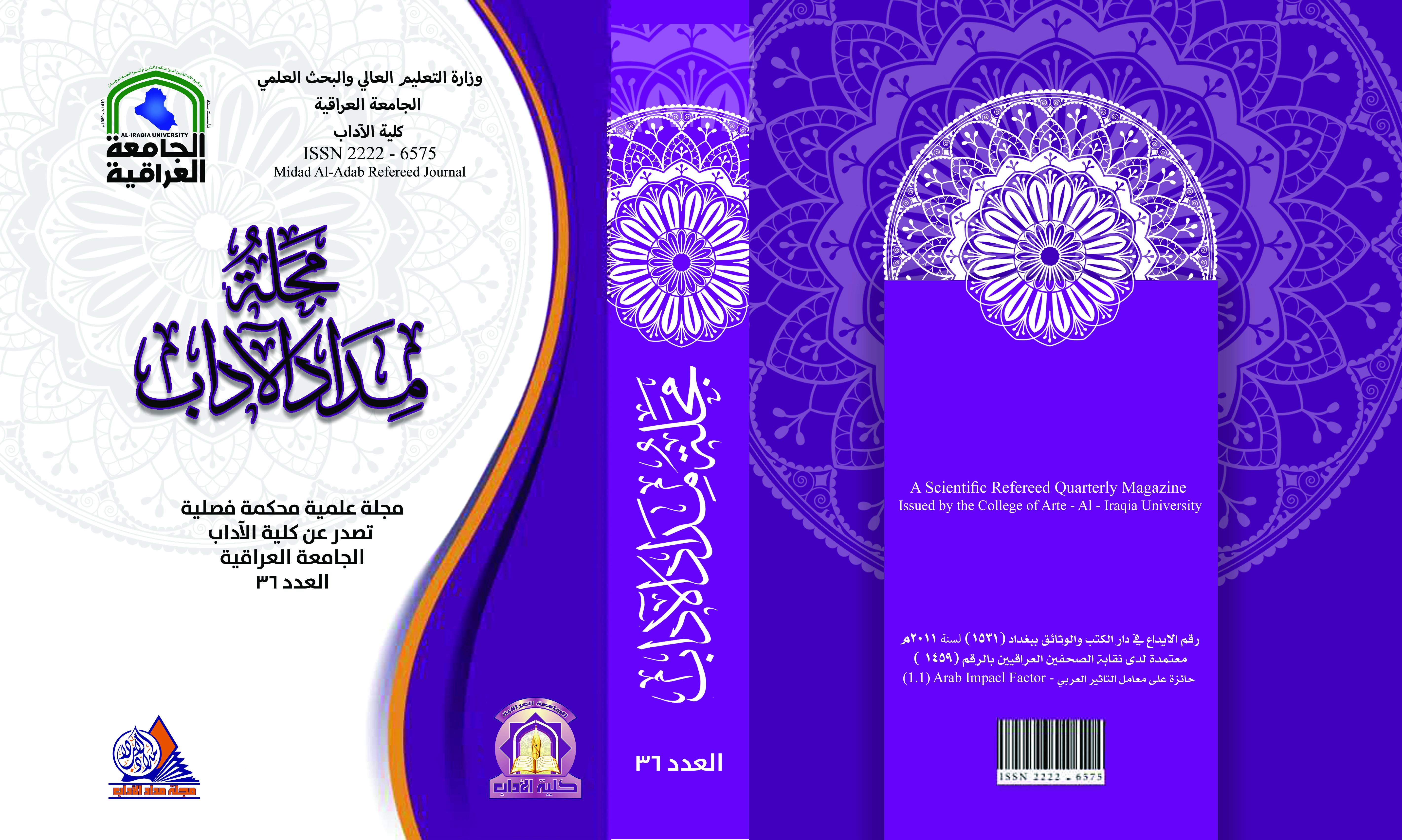Repetition methods in permission poetry
DOI:
https://doi.org/10.58564/ma.v14i36.1529Keywords:
Ijazah, Ijazah poetry, repetition, methods of repetition in poetryAbstract
The poetry of the license came with features and characteristics that may not differ from other poetic texts, but as a result of the circumstances and methods in which these verses were said; they became highly focused according to the mechanisms followed that formed a phenomenon in the poetry of the license, and the most prominent phenomenon that the poet of the license relied on: the methods of repetition, as these colors were a general feature "It is clear from the above that the value of this style lies in its combination of the musical tone issued from the weights of the balanced words, and the phonetic symmetry issued from the ends of these words, thus combining the literal and tonal repetition, and this combination returns on the phonetic level with a phonetic and musical energy in that direction or in the other direction, or in that place where the repetition was found.
The importance of this style does not stop at the phonetic aspect, but rather extends beyond that to a moral, psychological, emotional connotation, which is clear from the internal rhythm of that verse" (1), and the matter may return to the place of the poetic saying, as it is known that the poetic license was abundant in the councils, and often on the tongue of the concubines; Therefore, these texts were given the characteristic of melody in a striking repetitive manner, as the poet of the license wanted his verses to suit the place in which they were composed.
In this research, we addressed the methods of repetition as a phenomenon in the text, and this does not mean that the poet of the license did not address other methods, but what is striking was the focus of our attention, as methods followed deliberately by the poet of the license, as well as its branches that we will explain below.
Downloads
Published
Issue
Section
License

This work is licensed under a Creative Commons Attribution-NonCommercial-NoDerivatives 4.0 International License.








